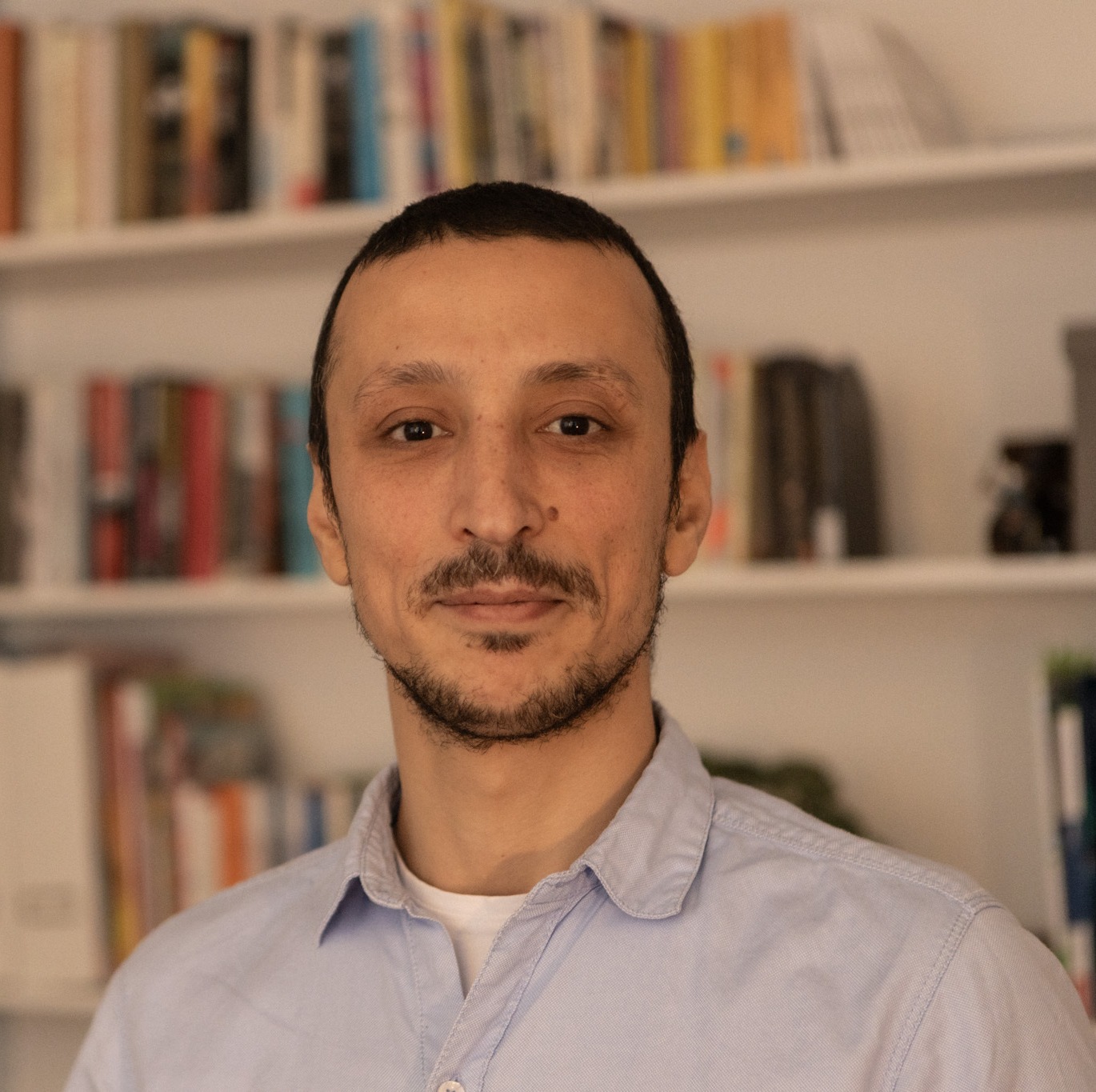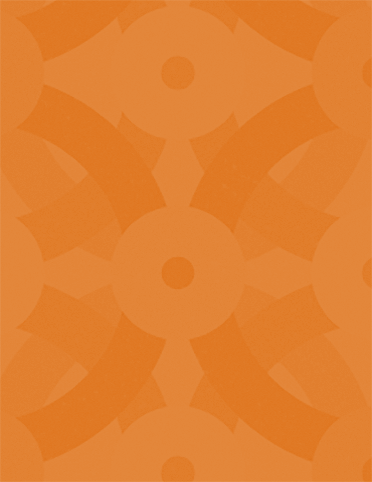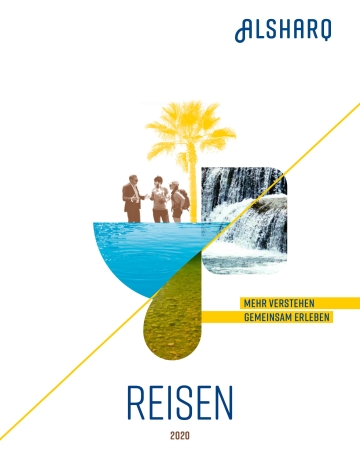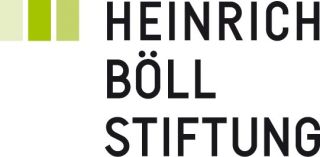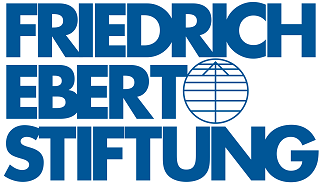Jewish musicians like the al-Kuwaity brothers in Iraq or Munir Murad in Egypt left an indelible mark on the golden age of Arabic music in the 20th century. Today, those marks have faded into obscurity.
For centuries, Jewish communities have been an integral part of Arab societies, contributing to various cultural spheres, including music. Rather than viewing Jewish and Arab identities as separate, it's essential to understand the historical context in which Jewish individuals were both culturally and linguistically Arab. In the Arabian Peninsula, Jewish tribes coexisted with Christian and polytheistic tribes, forming a shared cultural fabric even before the rise of Islam in the mid-7th century. Later, as Islam unified and expanded Arab identity, it encompassed diverse groups, including Arab Jews, who played significant roles in shaping Arab history and culture.
A notable area of Jewish contribution is Arabic music, especially during its golden age in the early 20th century. During this time, Jewish musicians thrived in Iraq and Egypt, introducing innovations, reshaping traditions, and influencing the musical landscape for future generations. Although Jewish contributions to Arabic music extended beyond Iraq and Egypt, it is in these countries where their impact is most pronounced and documented.
The Jewish Contribution to Iraqi Music
Since the 1920s, the legendary brothers Saleh and Daoud al-Kuwaity — violinist and oud player, respectively — were leading figures in the early Iraqi music industry. According to Saleh, his career began when he was requested to compose music for the singer Salima Murad, another Jewish icon of Iraqi music. Her collaboration with Al-Kuwaity produced songs that are sung and circulate on social media until today like “Ya Nab’at al-Rayhan”, “Al-Hijr Mo Ada Ghareeba”, and “Qalbak Sakhr Jalmood”, a heartfelt song about love and heartbreak.
As a student of the Kuwaiti musician Khaled al-Bakr, Saleh was introduced to a wide range of Arabic music styles from the Gulf region and Yemeni melodies which both have African and Indian musical influences. Therefore, the music he produced later awed audiences from local Iraqi schools and theaters to the Iraqi royal court. The fact that the al-Kuwaity brothers, along with other less-known Jewish musicians, came to prominence at a time when Iraqi music was first recorded on vinyl, made their imprint on it is an indelible one.
In 1950, Salima Murad married Nazem al-Ghazali, one of Iraq's most celebrated singers. Their marriage sparked controversy, as it happened when Muslim-Jewish relationships were at a historic low after the Palestinian Nakba and the creation of the state of Israel in 1948. Although these events cast a shadow on the lives of these artists, the tones they produced live in the Arab music culture until today. The contributions and innovations the al-Kuwaity brothers introduced to the traditional Arab and Iraqi maqam a musical structure combining characteristics of chord and musical mode in Western music; the entirety of Arabic music is based on seven maqams, each has a certain base rhythm that can be slowed or quickened and each maqam typically represents a certain type of emotion. These maquams have been adopted in the culture and experts can recognize them in the late music of Sadoon al-Jabir and other later Iraqi musicians.
The Jewish Contribution to Egyptian Music
In Egypt, a country with a much richer musical scene than Iraq, the Jewish contribution was even more wide-ranging. As Egypt in the first half of the twentieth century enjoyed a vibrant theater and cinema landscape, Egyptian musicians among them Jewish talents had an unprecedented opportunity to unleash their creativity. Many Jewish musicians, like Hani and Muhammad Rahal composed music for film and theater productions and had the credit of introducing Western instruments, stylistic features, and innovations to the maqam-based tradition.
However, perhaps the most important Jewish music composers in Egypt were Daoud Hosni and Munir Murad. The latter composed the song “In Rah Minnik Ya Ein” by Shadia which shows the kind of work these composers were engaged in. This song is very famous today and almost all Arab speakers know some lines of it, even if they don’t know the interpreter, let alone the composer. As for Daoud Hosni, he not only composed for Shadia and singers of her caliber, but he also got to compose music for the absolute legend Umm Kulthum. The song “Sharraf Habib el-Qalb” is one of his early collaborations with her. When listening to it, even the inexperienced ear cannot miss the influence of Jewish religious cantillation.
Moreover, the overview of Jewish contributions to Egyptian music cannot be sufficient without a mention of Laila Murad. Murad was one of Egypt’s most beloved singers and actresses. Born into a Jewish family, she began her career under the guidance of her father, Zaki Murad, another Jewish music composer. Her strong voice and charismatic presence on screen made her a superstar during Egypt's Golden Age of cinema (1940-1950). She starred in many films featuring songs that became cultural classics. The song “Leh Khaletni Ahebak”, is perhaps one of the few songs that compete with Umm Kulthum’s gems. Umm Kulthum herself, is titled Egypt’s fourth pyramid and is believed to be, by a large margin, the best Arab vocalist of all time.
The contributions of Jewish musicians to Arabic music, particularly in Iraq and Egypt, highlight the profound cultural exchange that defined much of the Arab-speaking world before the mid-20th century. These musicians not only mastered but also innovated Arab music, leaving a lasting legacy. Their work exemplifies the harmony and creativity that can arise in societies where diverse communities coexist and collaborate. Amid today’s conflicts and divisions, their stories remind us of the beauty that once was — and could be again — if societies embrace diversity, rather than exclusivist nationalisms and ethnic supremacy.


